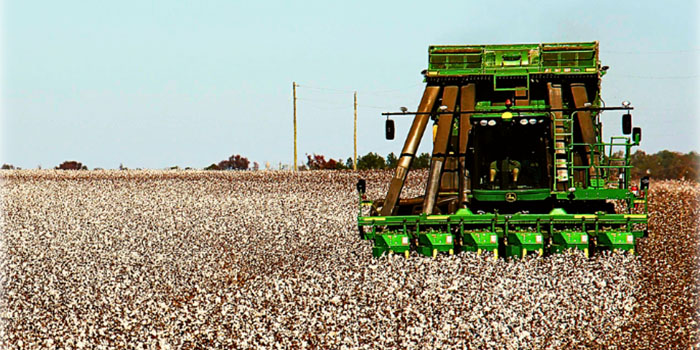By Sharon Omahen
University of Georgia
Oak trees in California appear to be suddenly dying, but the
disease that’s striking them down isn’t actually fast acting.
University of Georgia researchers are working with other
scientists in the Southeast to track the disease and make sure it
doesn’t head this way.
“Sudden oak death is actually a misnomer,” said Jean
Williams-Woodward, an extension plant pathologist with the UGA
College of
Agricultural and Environmental Sciences. “It isn’t sudden and it
doesn’t just affect oak trees.”
Actually takes three or more years
Sudden oak death was coined because a number of oak trees
appeared to be suddenly dying in California, she said. The
disease, caused by the fungus Phytophthora ramorum,
actually
takes three or more years to cause the death of a tree.
Tanoaks and other true oak species first began showing signs
of
the disease in 1995 in Marin County, California.
“It appeared as if one year the trees were green and the next
they were brown,” said Williams-Woodward. “It first struck
tanoaks, which many people consider to be a weedy tree, so not
many people were concerned.”
Concern grew when the disease began to affect live oaks. The
disease actually affects diverse plant species other than oaks
including, but not limited to, Douglas fir, California bay laurel
and camellia.
The disease causes dark, rust-colored cankers that seep at the
tree’s base. Sudden oak death has also been seen on understory
plants such as rhododendron, causing leaf spots or scorch-like
symptoms.
“It spreads to other plants when the spores are splashed by
water
from rain,” said Williams-Woodward.
Quarantine in California
To help control the spread of the disease, 12 counties in
California and one county in Oregon have been quarantined.
Growers there cannot ship plants out unless they are declared
disease-free.
“Despite this quarantine, there have been several outbreaks in
Oregon, Washington and British Columbia,” she said. “These
outbreaks are believed to have originated from ornamental plants
brought into the U.S. from Europe.”
In an effort to keep the disease from entering the
Southeastern
states, Williams-Woodward and her counterparts in Tennessee,
Virginia, North Carolina and South Carolina are surveying
nurseries in their states. The survey is being conducted in
cooperation with the USDA and the U.S. Forest Service.
“We are sampling high risk plants in high risk areas of each
state,” she said. “In Georgia, that’s the northern part of the
state above the fall line. This is the area that has the most
oak and rhododendron forests.”
The researchers are collecting samples of leaf spot and die
back
and checking the samples for the disease.
“So far, we have collected 500 samples from six nurseries in
Georgia and we haven’t detected the pathogen,” she said.
“Overall, across the five states, we have collected about 2,000
samples and haven’t found the disease.”
Can it survive in southern climates?
Williams-Woodward believes it’s just a matter of time until
sudden oak death arrives in the South. How it will fare is
unknown.
“We don’t know if it would even survive in Georgia,” she said.
“It prefers cooler, wetter climates so it may not be able to
survive the hot, humid weather here.”
Research on chemical control is being conducted by researchers
in
California. However, Williams-Woodward says fungicides are
unlikely to truly control Sudden Oak Death.
“Limiting the spread of infected plants and soil from areas
known
to have the disease is still the best approach to controlling the
disease,” she said. “Quarantining infected nurseries is another
control method.”
For now, Williams-Woodward sees some potentially positive
outcomes for Georgia growers.
“The California quarantine has opened up a market that could
be
filled by Georgia growers,” she said. “Korea is refusing to
accept ornamentals from California. Other countries may impose a
similar quarantine. Georgia growers could be filling this
need.”




